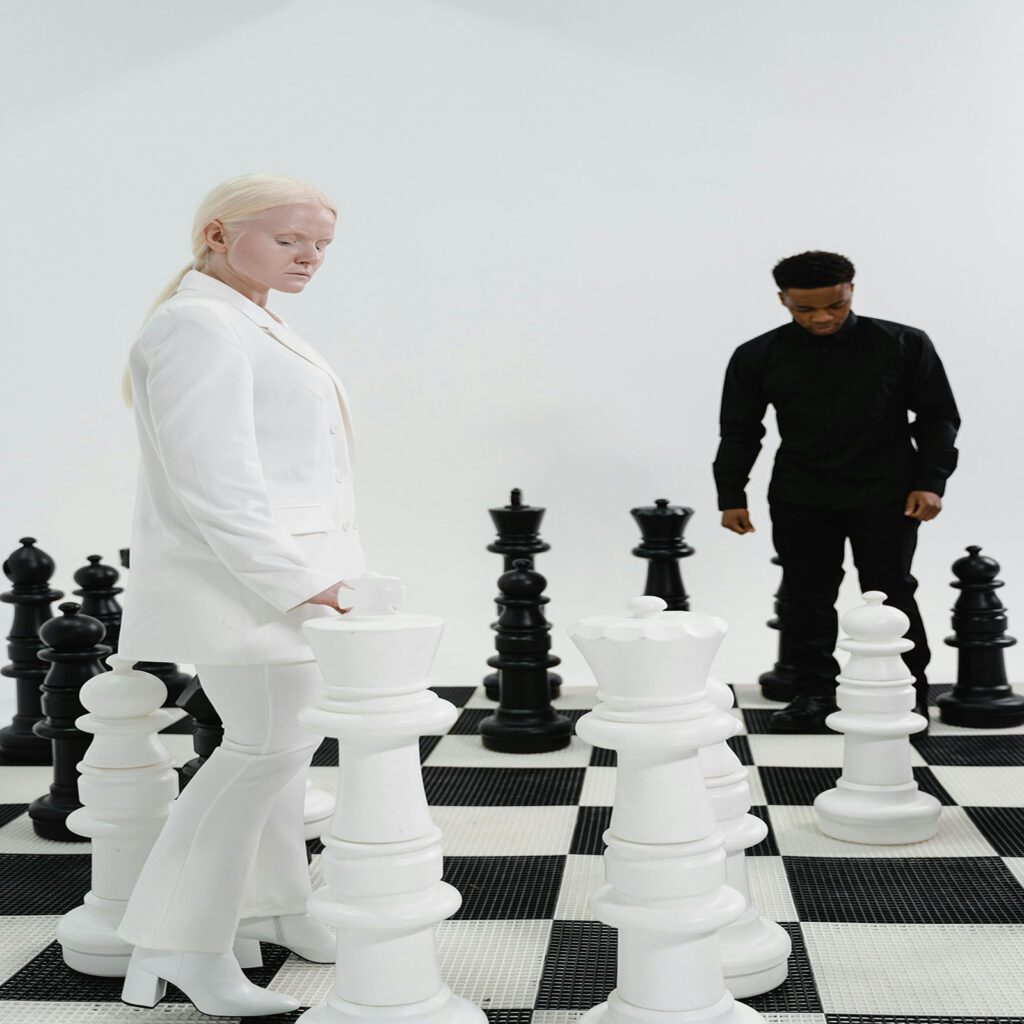In the intricate world of organisational decision-making, it’s essential to comprehend the underlying cognitive processes fuelling strategic choices. This understanding can be the key to gaining a competitive edge, offering a unique perspective into the mindsets of competing organisations.
Our journey begins with understanding cognitive complexity, a concept that dwells on the intricacy with which individuals perceive, process, and interpret information. In the context of competitive analysis, it underscores the importance of comprehending how leaders within rival organisations perceive and react to strategic issues.
An organisation’s approach to strategic issues often mirrors the cognitive complexity of its decision-makers. High cognitive complexity is characterised by a nuanced understanding of the environment, appreciating its multifacetedness, and recognising the interconnections between different element. As such, leaders with high cognitive complexity can craft more sophisticated and effective strategies by considering a broader range of factors.
Contrarily, an individual with low cognitive complexity may perceive the environment in a simplistic, linear manner. They may overlook the intricate interplay of various elements, leading to a narrow, potentially ineffective strategy. Consequently, understanding the cognitive complexity of rival leaders can offer invaluable insights into their strategic decisions, offering a competitive advantage.
Building on this, we explore the role of cognitive complexity in strategic decision-making. The cognitive complexity of leaders can shape an organisation’s strategy in two primary ways. Firstly, it influences the perception of the environment. High cognitive complexity allows decision-makers to perceive the environment in a multidimensional manner, acknowledging its dynamism and unpredictability.
Secondly, cognitive complexity affects the interpretation of information. Individuals with high cognitive complexity can process and interpret a wide range of information, making sense of complex situations and identifying subtle patterns and connections. This ability can lead to innovative and effective strategies that can outperform competitors.
Delving further, it’s crucial to understand how cognitive complexity can be assessed. Cognitive complexity can be gauged through various measures, including personal construct theory assessments and integrative complexity scoring. These assessments focus on evaluating an individual’s ability to perceive and interpret complex information, offering insights into their cognitive complexity.
With this understanding, organisations can analyse the cognitive complexity of their competitors’ decision-makers, predicting their strategic choices and identifying potential weaknesses. This approach can offer a competitive edge, enabling organisations to craft superior strategies that exploit their competitors’ cognitive limitations.
We now arrive at the crux of our journey – leveraging cognitive complexity in competitive analysis. By understanding the cognitive complexity of rival leaders, organisations can predict their strategic decisions, identify potential weaknesses, and design strategies to exploit these weaknesses.
For instance, a competitor with low cognitive complexity may overlook subtle environmental changes, providing an opportunity for a more cognitively complex organisation to capitalise on these changes. Similarly, by predicting the strategic choices of a high cognitive complexity competitor, organisations can anticipate and counter these strategies effectively.
As we reflect on our journey, it’s clear that cognitive complexity offers a unique lens for competitive analysis. It provides a deep understanding of the cognitive processes driving strategic decisions, enabling organisations to predict and counter their competitors’ strategies effectively. So, as decision-makers, let’s embrace cognitive complexity, not just within our organisations, but also when analysing our competition.
Remember, in the labyrinth of competition, understanding cognitive complexity could be the key to finding the way.
References:
Hitt, M. A., Beamish, P. W., Jackson, S. E., & Mathieu, J. E. (2007). Building theoretical and empirical bridges across levels: Multilevel research in management. Academy of Management Journal, 50(6), 1385-1399.
Woehr, D. J., Arciniega, L. M., & Poling, T. L. (2013). Exploring the effects of value diversity on team effectiveness. Journal of Business and Psychology, 28(1), 107-121.







